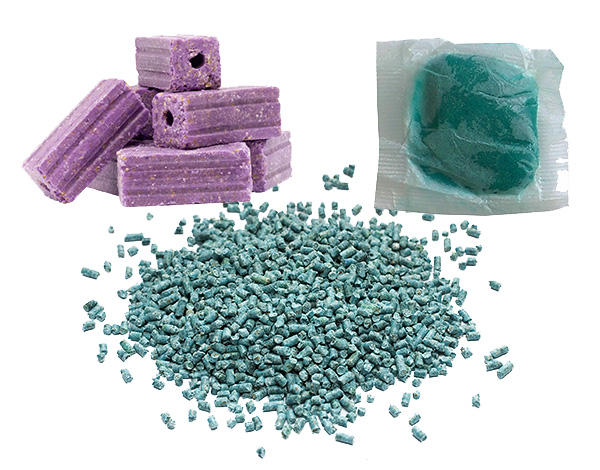
It is widely believed that good poison for rats is by all means an imported drug in beautifully sound packaging, two to three times more expensive than simple domestic products sold from market stalls.
It is also a common misconception that the best poison for rats is a kind of folk remedy or a special powder that can be bought for a penny in a pharmacy. Allegedly, it is enough to mix it with a suitable food product and thereby get a poisoned bait, behind which the rats will almost line up, and after its use the entire population of pests will quickly die out.
In fact, the most effective poison from rats and mice does not have to be imported at all, and even more so it is not sold in pharmacies. It is only important that the “correct” active substance is part of the preparation - this should be the focus of attention.
Let's see what compounds (poisons) can be used in tools designed to fight rodents:
- Blood anticoagulants - flocumafen, brodifacum, warfarin (aka zoocoumarin), bromadiolone and others. To date, these substances are considered the most effective poisons for rats, and it is they that are contained as active substances in most modern rat poisons. Examples of drugs with them are Rat Death (both versions are No. 1 and No. 2), The Nutcracker, Storm, Varat, Mortorat, Clean House and others. Those, by the way, that can be bought on the market literally for 70-100 rubles for packaging;



- Arsenic compounds are arsenites and arsenates. The best known of these is calcium arsenate. Due to the high toxicity, these obsolete products are now banned for use in many countries of the world;
- Strychnine - in its danger, is similar to arsenic-based poisoning, and therefore legally is practically never used today;
- The phosphides of some metals (zinc, aluminum, magnesium) are also very toxic substances. They are used as fumigants for pickling grain in large enterprises. Poisons for rats and mice based on them are Alfos, Fumifos, Magnikum and others, not intended for use at home (phosphine released from phosphides into the air acts not only for rodents, but can also lead to poisoning of humans and domestic animals );
- Gypsum mixed in milk is a well-known folk remedy for rats (however, it is significantly inferior in effectiveness and ease of use to drugs based on blood anticoagulants);
- Rat is perhaps the only real competitor of blood anticoagulants, which has retained its relevance today. Despite some shortcomings, it continues to be used by the population at home, as well as by professional disinfestators.

So, if you take any of the poison poisons sold on the market today, then almost certainly it will be a drug based on one or another blood anticoagulant. And what is especially important - almost every such remedy will be truly effective in one way or another in the fight against rats and mice. Nevertheless, it is important to keep in mind that these poisons also have their drawbacks, and even among them there are those that work better, and those that work worse - we’ll talk about this in more detail below.
To begin with, let's figure out in what forms poisonous rats are produced today and which of these forms will be optimal for home use:
- Soft briquettes, similar in texture to plasticine. They are attractive precisely for rats in that they are similar to meat (rats, unlike mice, prefer animal products).Easy to use, often have a bright color that distinguishes them from ordinary food;

- Hard granules (sometimes called pellets) resembling compound feed or dry dog food. This form is more preferable for mice, although rats actively nibble on these baits;

- Grain with poison applied to it is similar in its advantages and disadvantages to the previous form, and is especially suitable for fighting mice;

- Liquid poison baits are quite attractive for rats, especially if the house does not have readily available water sources. However, the placement of such poison is not always convenient, since a saucer or a bowl of relatively large sizes is required (while, for example, a briquette the size of a matchbox can easily be placed in the most inaccessible places);

- Gels for killing rats are in many ways similar to briquettes, except that after them traces may remain on the surface on which the gel was applied;

- Powders are inconvenient for use at home, since on their basis it is necessary to independently prepare poisoned baits, adding powder to a particular food product. In addition, such funds are more dangerous for humans, because they are dusty, and they need to be handled with particular care.

On an industrial scale, rodent poison is sometimes used in the form of an aerosol or gas. However, they are used in very large quantities, only in non-residential premises and with strict observance of safety precautions. There is no rat poison for domestic use in the form of aerosols and gases.
On a note
By mistake, it is sometimes believed that the glue from rats and mice also contains poison, but in fact this is not so. The rat’s glue and glue traps do not poison, but simply mechanically hold the adherent pest and prevent it from escaping.
So, we make the first conclusion: for today, the best poisoning for rats should be sought among funds based on blood anticoagulants. Most poisoned baits are made in the form of soft briquettes and hard granules, and the latter can have different geometric shapes - tablets, cylinders, dragees, etc.
But about what blood anticoagulants are, which ones are most effective against rats and which drugs based on them are available today - all this is worth talking about in more detail ...
Flocumafen-based products
Of all blood anticoagulants, flocumafen is considered to be the most effective today. Compared to analogues, the dose of this substance, lethal to rats and mice, is minimal, and therefore it is possible to poison rodents with preparations based on it faster and at a lower cost of the drug itself.
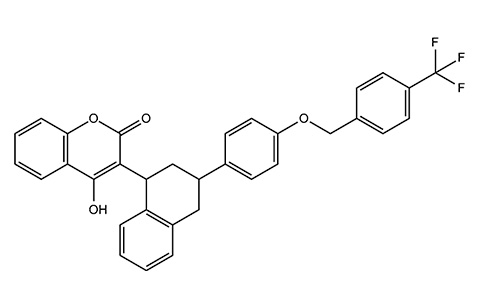
On a note
The principle of action of flocumafen (as well as other blood anticoagulants) is that it blocks the production of proteins in the body that ensure blood coagulation. When a rat receives a sufficient dose of anticoagulant, it develops extensive hemorrhages in the lungs and intestines, due to which it dies.
Perhaps one of the most famous and common rat poison based on flocumafen is the rodenticidal agent Storm produced by BASF (Great Britain). The drug is very inexpensive: packaging for 4 briquettes costs about 30 rubles.
Let's calculate: each briquette weighs 4 grams, and for the death of one adult rat, 1.5 grams of the drug is enough, and for the mouse - 0.8 grams. It turns out that one package of Storm for 16 grams is theoretically enough to kill 10 rats or 20 mice. And although in reality the consumption of the drug turns out to be large (after all, many rats have time to eat more bait before they die than they need for poisoning), the Storm is still a very economical means.
The photo below shows the packaging of the Strom preparation:
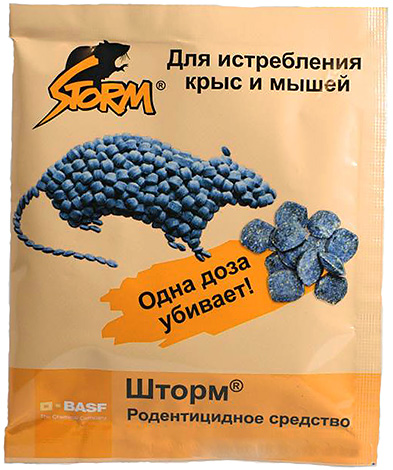
Typically, rats begin to die about 3-4 days after they first try the poison based on flocumafen. In practice, rodents disappear from the premises within 7-10 days after the first unfolding of the bait - many animals do not immediately find it, some of them "taste" the poison in small portions for several days.
The Storm analogue is a remedy for rats and Goliath mice, however, this drug is sold only in large packs (in buckets of 1 kg or more), costs significantly more and is generally much worse on sale.
Feedback
“We needed two packs of Storm. Well, what can I say, good poison, there are no complaints against it. I don’t know, maybe our vigorous rats are more stable than refined foreign ones, but only this creature ate four tablets and continued to spoil it. We bought another pack, she swallowed four more pieces, as if she hadn’t noticed. And only then disappeared. But anyway, 60 rubles is not such a big price to get rid of this muck ... "
Alyona, Moscow
Poisons for rats based on the first generation blood anticoagulants
The principle of action of the first generation blood anticoagulants is similar to that of flocumafen, but they act a little slower. Their main drawback is the following: in order for rat poison based on any of these substances to work, the rat must certainly use it several times (in order to get a lethal dose of poison), but this does not always happen. In general, today, funds with these poisons are considered somewhat outdated, although they are more or less effective and continue to be used in everyday life.
The following are some of the drugs in this group:
- Zoocoumarin, or warfarin - preparations of Zoocoumarin, Zoopast, Zoocoumarin Neo (including the grain bait);

- Difenacin - Ratindan, Rotendant, MEF, Hedgehog preparations;

- Tryphenacin - preparations of Zernocin (one of the components), Geltsin, Ethylphenacin paste;

- Chlorfasinon - drug Rattidion-HF;

- Coumatetralil is a drug called Racumin.

Such drugs are inexpensive, for domestic use they are sold in small packaging. For example, a package of Zookumarin per 100 grams costs about 25-30 rubles. Perhaps only a low price is the only competitive advantage of this group of drugs.
Feedback
“My mother and I in the country used to be very tormented by mice, tried different drugs, and as a result we came to the mutual opinion that the best poison for mice and rats is Zookumarin. Everyone was mowed out of the house. It costs a penny, it is sold in many hardware and garden stores. We are now at the cottage for a week we leave this tool directly on the floor under the walls, and the next time we come to a clean house. For prevention, a pack was laid out and no problems before each departure. ”
Svetlana, Nezhin
Second generation anticoagulant preparations
These poisons are more effective than drugs with first-generation anticoagulants. Firstly, the means of this group kill rats faster - in 3-4 days, and secondly, they act, even if the animal has used the bait only once (since the lethal dose is noticeably lower). Therefore, such drugs today are more preferable for use in enterprises and at home.
The following substances belong to second-generation anticoagulants (in addition to the flocumafen already considered above, which is characterized by the greatest effectiveness):
- Broadifacum - means Rat Death No. 1, The Nutcracker, Cyclone, Rat, Efa-Shock, Varat, Mortorat, Kilmais;

- Tryphenacin - the drug Geltsin;

- Bromadiolone - poison Efa, Rattidion, Rat Death No. 2, Clean House, Norat, Blockade, Zernocin (one of the components);

- Difenakum - Tsunami-Extra and Ratol preparations.

Despite their higher efficacy, the prices of these drugs are approximately the same as for drugs with first-generation anticoagulants. For example, 100 grams of Rat Death cost about 60 rubles, and 50 grams of Storm can be bought for 80 rubles.For domestic use, these quantities are enough: 50 grams of poison is enough to destroy 10-15 rats.
The photo shows briquettes of means Rat Death No. 1:
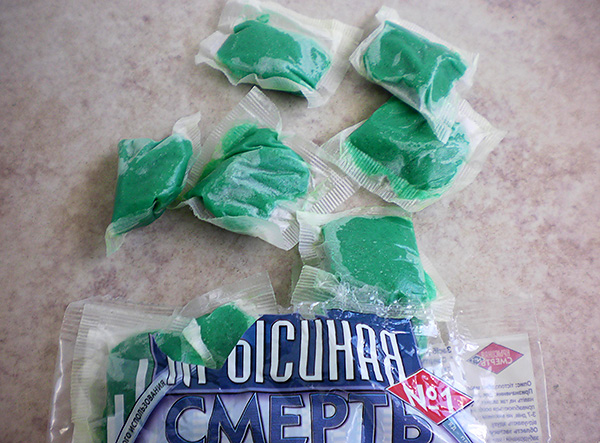
On a note
Today, sellers of rodenticidal agents are actively promoting in advertising that poison based on blood anticoagulants of the second generation supposedly have a mummifying effect, that is, they prevent the decomposition of the corpses of dead rats. Meanwhile, one should not rely on such an effect: there are no components capable of stopping the decomposition of a poisoned rat in any poison, and, moreover, none of the serious manufacturers reports such properties. We can say that the so-called mummifying action is just an advertising move of enterprising sellers, and the means themselves should be used taking into account the fact that poisoned rats may well fill the room with a cadaverous smell.
Rat and its properties
The chemical name of the rat is alpha-naphthylthiourea (abbreviated as ANTU). The principle of action of this poison is a sharp decrease in the concentration of hemoglobin in the blood, as a result of which the animal dies from suffocation.
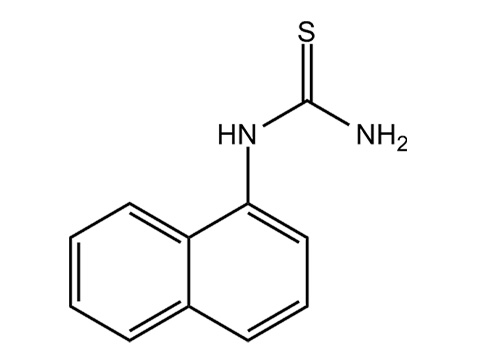
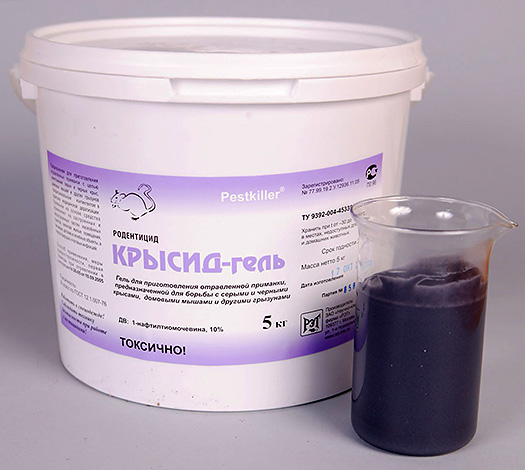
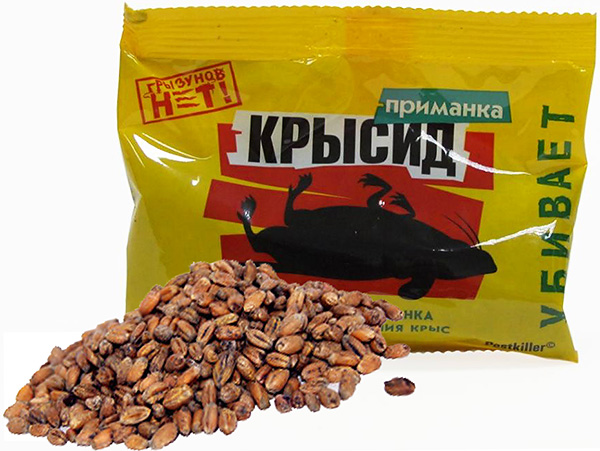
Rats and funds based on it are quite effective against rodents, but have several disadvantages:
- Rats and mice quickly develop resistance to this poison, and therefore it can be used ineffectively without alternation with other agents;
- Preparations in the form of processed grain and powder are dusted, so the poison can enter the lungs of a person with air and lead to poisoning.
Because of these disadvantages, Krysid is used less and less today and is quickly being forced out of the market by more effective means based on blood anticoagulants. It is not recommended to use it at home.
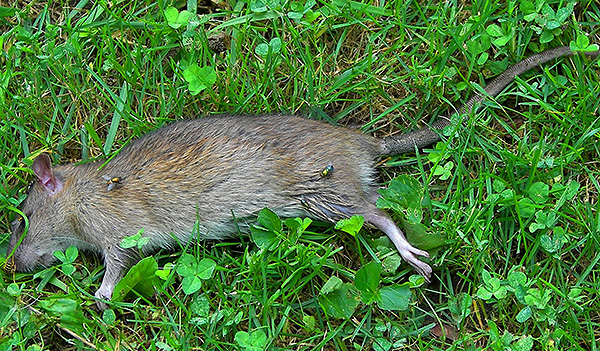
Feedback
“As long as I remember my childhood with my grandmother, she always poisoned rats with a Rat. Now she called, asked, she said that this is the most powerful poison for rats. Now the question is: where can I buy it? I went to the neighboring shops, not there, I called the shops in Moscow - they also do not keep her. I tried to order in several online stores, they do not sell this. Maybe she is somehow called differently now? Still, I would like to buy something that really works against rats, otherwise there is somehow no trust in modern products ... ”
Masha, Domodedovo
Zinc phosphide and preparations based on it
This remedy is even more dangerous than Krysid. When a rat (like any other mammal) enters the stomach, zinc phosphide reacts with hydrochloric acid to produce highly toxic phosphorous hydrogen (phosphine), which leads to the death of the animal.

Even just in air, zinc phosphide slowly reacts with water vapor with the gradual release of phosphine (where the drug is located, a specific smell is constantly present in the air). For this reason, the use of this substance in a residential area is not permissible.
Preparations based on zinc phosphide - Ratox and Commando. They are used only in enterprises not related to the food industry.
Strychnine
Another very strong poison, in its toxicity one and a half times superior to potassium cyanide. In small quantities it is used in medicine as a tonic, but already a dose of 1 mg per 1 kg of body weight is fatal for many mammals. In such quantities, strychnine leads to severe muscle cramps and death from respiratory arrest.
Previously, strychnine was used as poison for rats, but today it is almost completely replaced by drugs based on blood anticoagulants. In many countries, the use of strychnine is prohibited due to the risk of poisoning people and pets.
You may have heard about home-made poisoning for rats, prepared on the basis of an extract or tincture of the so-called vomit (chilibuha seeds).The active substance in them is the same strychnine contained in the nut itself. Actually, he was isolated from the seeds of chilibuha by the discoverers.
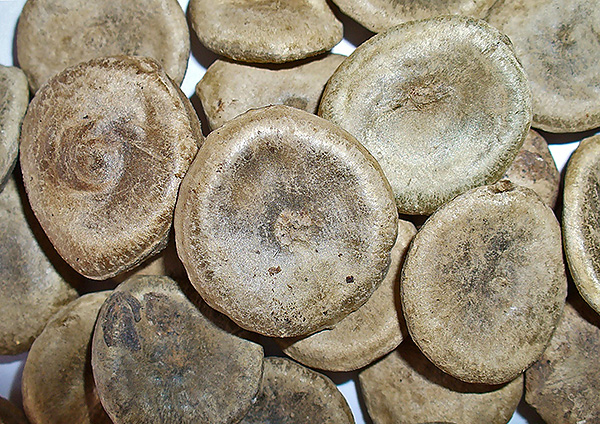
However, rats and mice often bypass the means of chilibuha because of their characteristic smell. So, the effectiveness of such recipes is quite low. In addition, the acute effect of the drug contributes to the rapid formation of an avoidance reflex of this drug, especially in more cautious black rats.
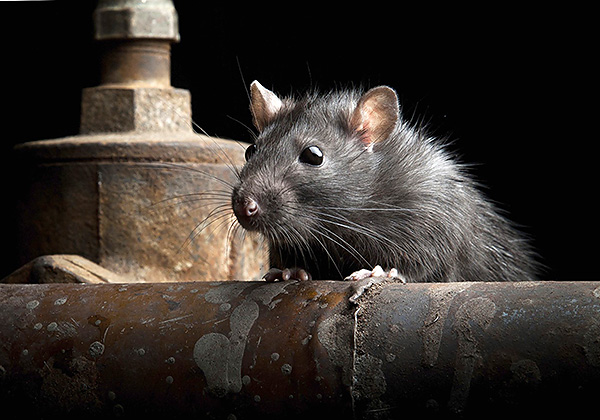
In any case, poisons prepared on their own from chiliibuha are very dangerous for humans and pets. It is impossible to apply them in premises.
Home-made poisons
Poison for rats can be prepared with your own hands from completely affordable means. For example, the following recipes are popularly known:
- Milk with gypsum. Gypsum itself is added to milk so much that it remains liquid enough and does not become thick, similar to sour cream. Such a mixture works simply - in the rat’s stomach, the liquid is absorbed, and the gypsum thickens and clogs the intestines, causing obstruction, due to which the animal dies after some time;

- Quicklime with sugar or crushed cat food. In the animal’s stomach, it turns into calcium hydroxide and corrodes its walls (erroneously, the rodent dies from heating quicklime when it is extinguished in the gastrointestinal tract). However, due to the characteristic pungent taste, pests easily recognize this poison and bypass it;
- Cork powder that mixes with flour or any cereal. In the rodent’s stomach, the cork swells under the action of a liquid and clogs the intestines. This leads to obstruction of the digestive tract and death of the rat.
Finally, at home, you can make poison for rats from any attractive bait mixed with rat poison. In particular, the same anticoagulants are sometimes used (if they can be obtained in a concentrated form), rats, powdered Zookumarin and other poisons. This approach, however, is dangerous (concentrated poison can be poisoned) and irrational - it is much easier to buy poison ready to use.
Prohibited Poisons for Rat
In addition to arsenic compounds, other poisonous compounds that are generally effective but forbidden to use are also known.
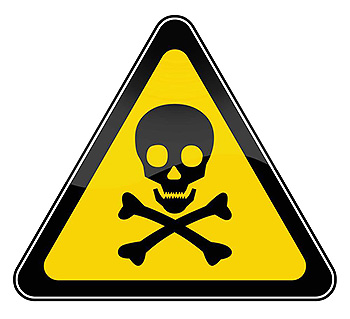
Among them:
- Thallium salts (in particular sulfate). Based on it, the drug Celiopast was produced, but at present it is withdrawn from sale and is not produced. In some countries, the use of thallium sulfate is prohibited at all. And in general, replacing them with more affordable and no less effective blood anticoagulants is unreasonable;
- Yellow phosphorus is a very toxic agent that can cause severe burns and lead to the death of the animal after a single use of it. It is banned for use throughout the world by various conventions, including the Berne Convention of 1906;
- Lead based products. They were rarely used purposefully as rodenticide - the main difficulty in their use was that the rats quickly recognized the poison and did not eat it. At the same time, acute lead poisoning in rats has been well studied in medical experiments. These experiments showed that lead compounds can be effective rodenticides, but in real conditions they are inferior to blood anticoagulants in many ways, and are not used in practice.
Also known are many substances toxic to rats, but not used in poison formulations. In particular, the signs of sodium nitrite poisoning in rats, the toxic effect of mercury and cyanide compounds on them, are well described. However, due to the high toxicity to humans, these substances have not been found to be of practical use.
How dangerous are rat poisoning to humans and pets?
It should be borne in mind that almost all modern poisoning for rats is toxic to one degree or another also for humans and domestic animals and can lead to serious poisoning. Accordingly, it will not be possible to find such a means that could effectively poison rodents, but which would be absolutely safe to use.
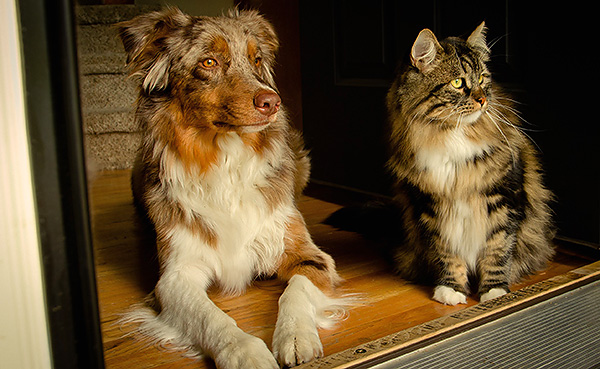
On a note
Some of the remedies described above are even more dangerous for cats and dogs than for rats and mice. In particular, cats are more sensitive to individual blood anticoagulants than rats.
For these reasons, all rat poison should be used in strict accordance with safety requirements. They need to be laid out in the house so that neither pets nor children reach them. Usually, special bait stations (boxes) are used for this, only rodents can climb into them.
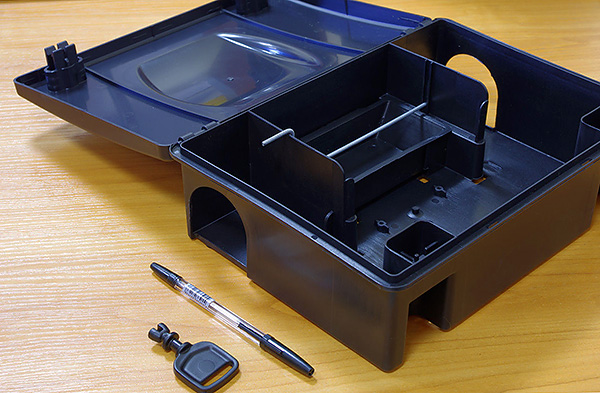
Such devices are in the range from 300 to 2000 rubles. They can accommodate not only poisoned baits, but also mousetraps (rat traps) or glue traps. The use of bait stations can significantly improve safety when working with rat poison.
If you have personal experience using any poison for rodents, be sure to share it by leaving your review at the bottom of this page. Perhaps this information will be useful to those people who have not yet decided on the choice of a suitable tool.
Useful video: how to get rid of rats in a private house or in the country
A simple way to get rid of rats in the house without any poison

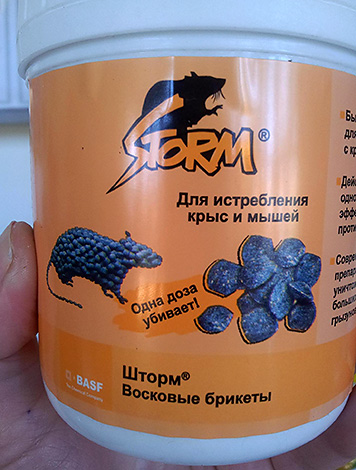
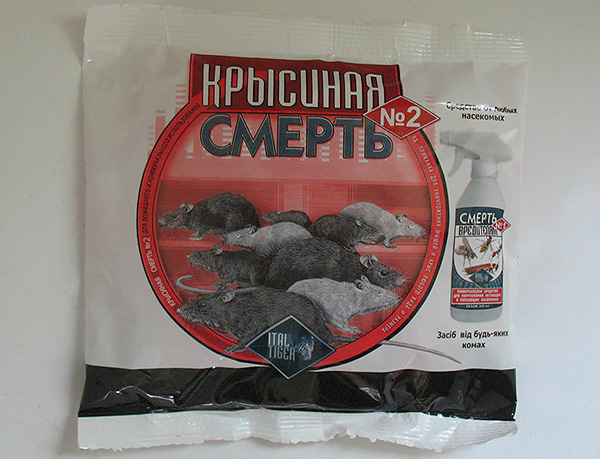
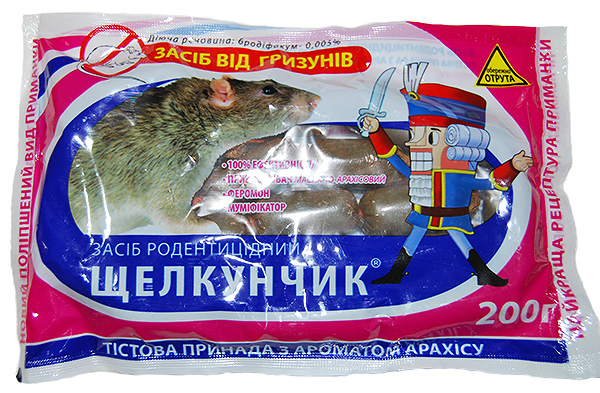
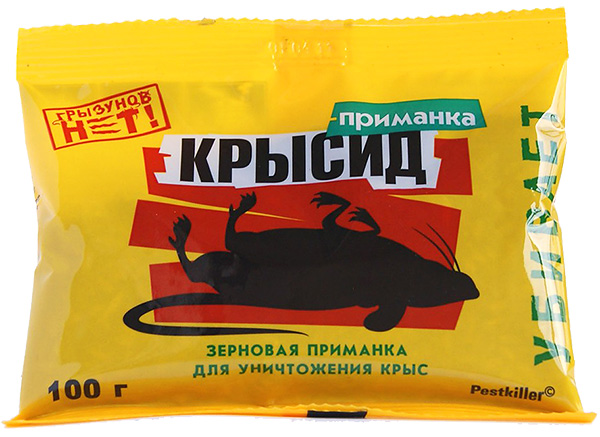
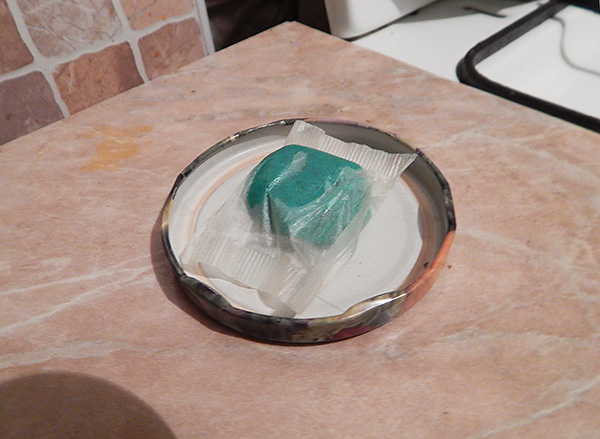
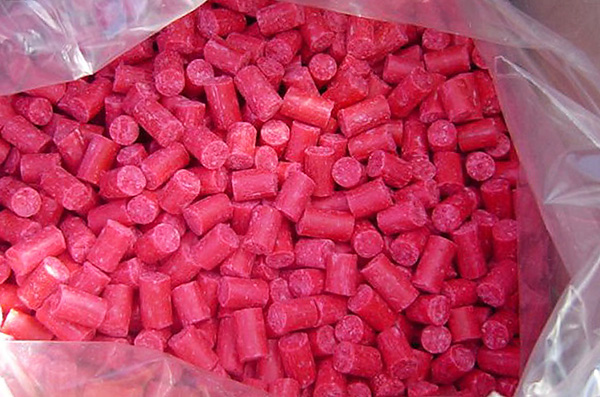
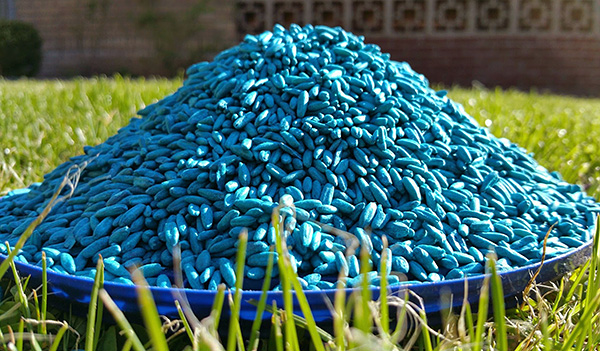
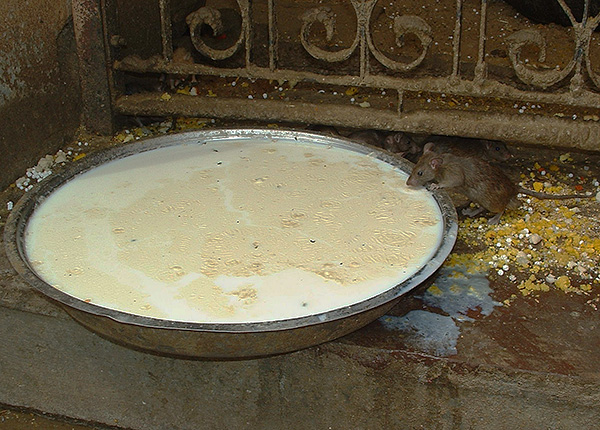
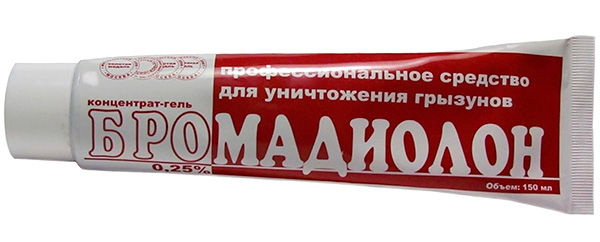
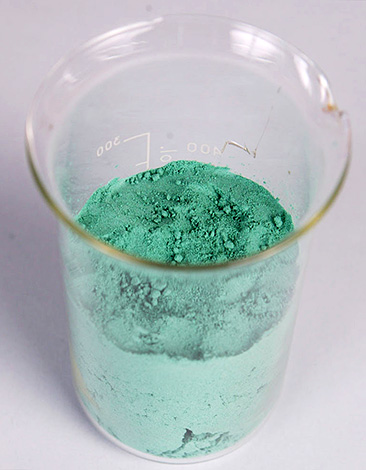
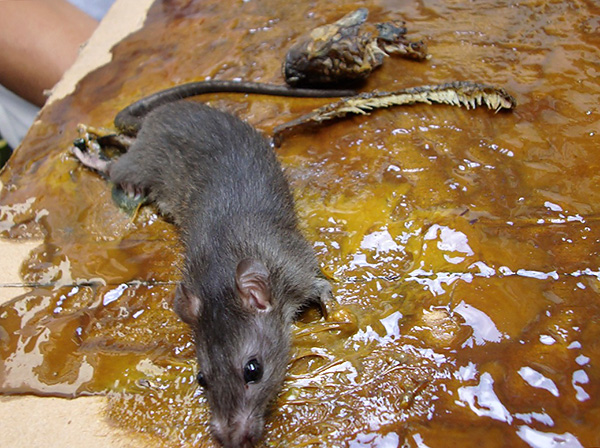
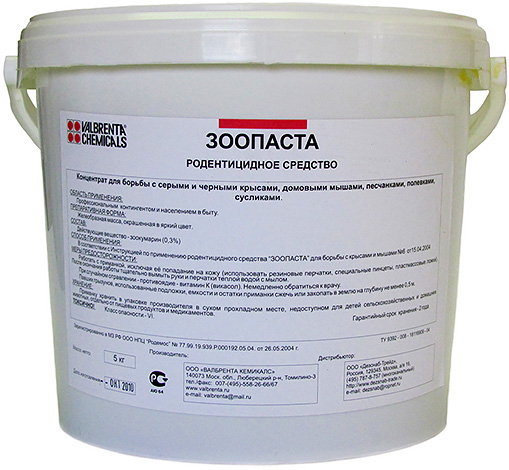
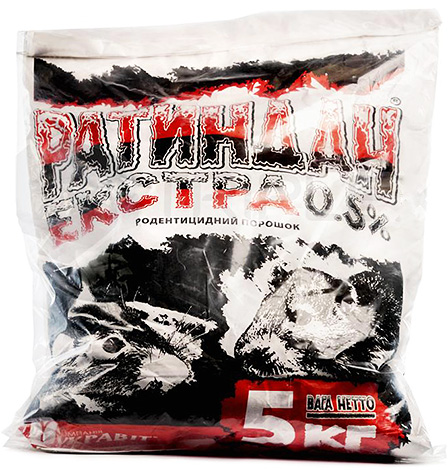
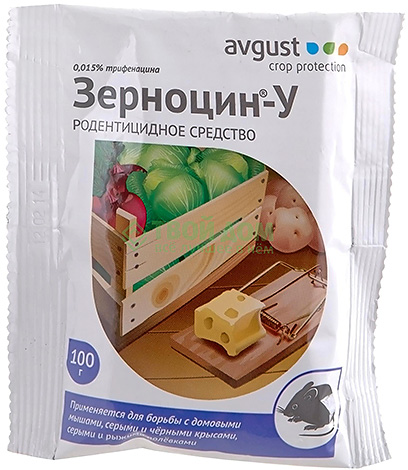
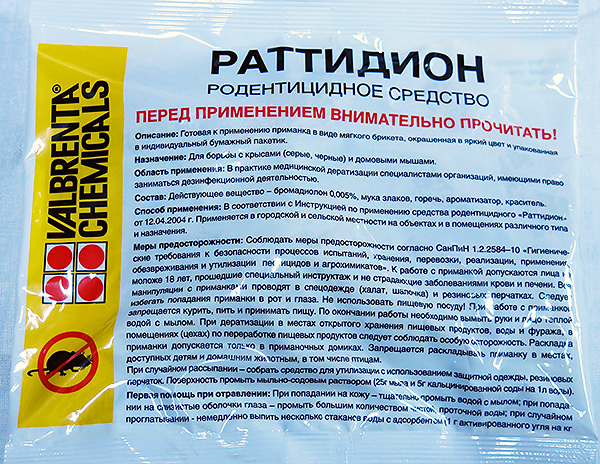
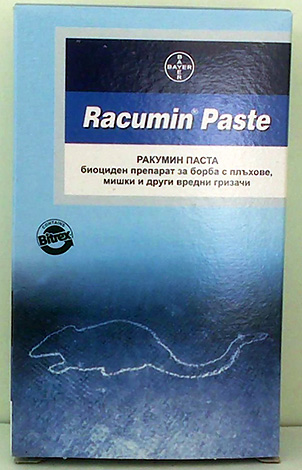
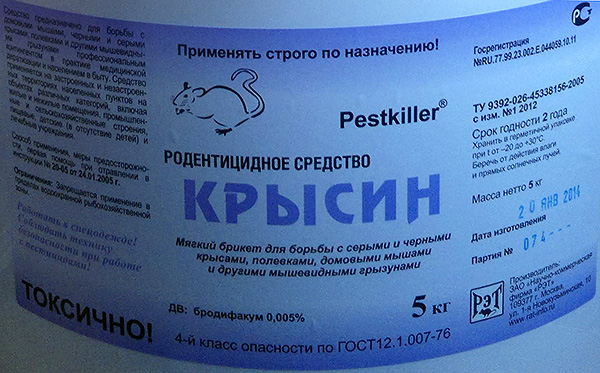
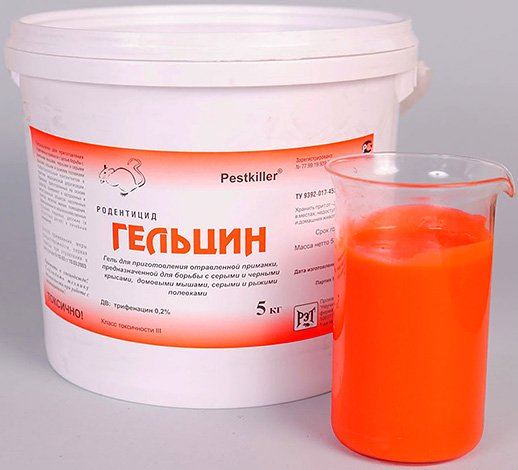
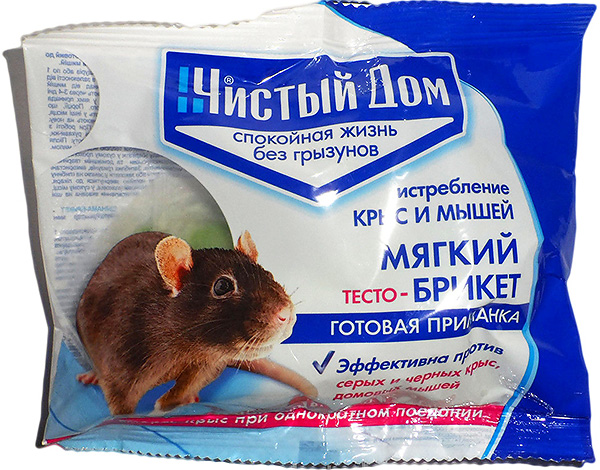
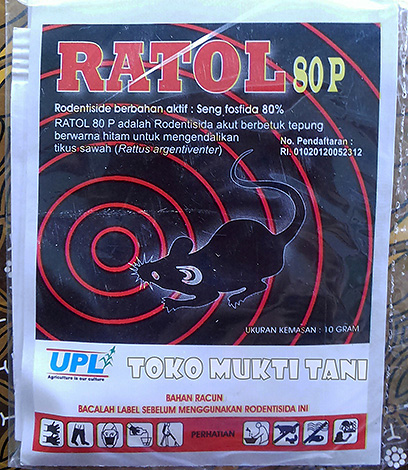
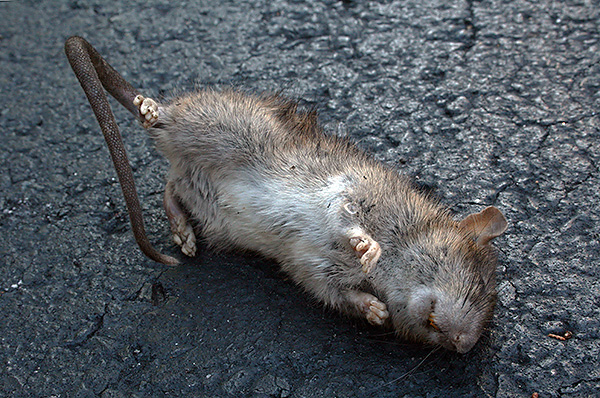
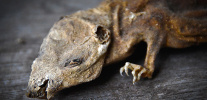
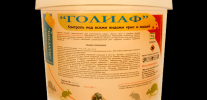
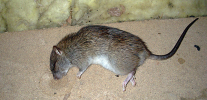
The drug STORM. It costs expensive. The effect is zero.
He took an old light bulb, broke it in a rag (finely) and mixed it with minced meat ... A couple of days - and everyone came out half-dead.
I saw here such a picture in the science city of Reutov. Rat poison was scattered around the garbage dump, only pigeons ate it instead of rats. By the way, the article does not mention one more point. Cats and dogs are most often attracted not so much by rat poisoning as by poisoned dead or living rats. It is they who they etch. I remember in a gardening near Moscow after deratization, a massive pestilence of cats began, and it was precisely those cats that ate dead rodents.